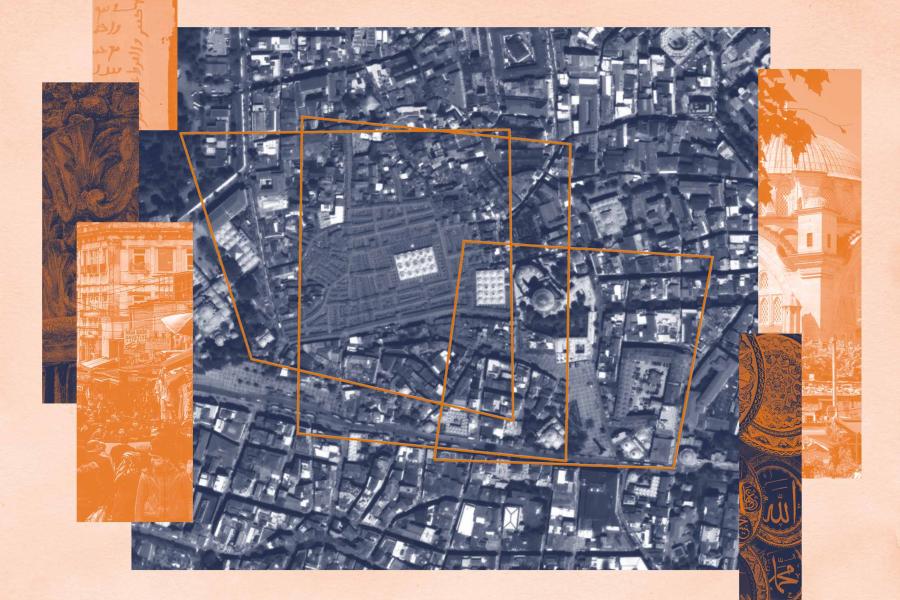Fifty years ago, humans first visited the moon. We haven’t been back since 1972. But a new generation of explorers likely will revisit the lunar surface in the coming decade, and NASA is considering sending people to Mars in the 2030s.
Q&A: Aerospace Engineer Discusses Apollo and the Future of Space Exploration
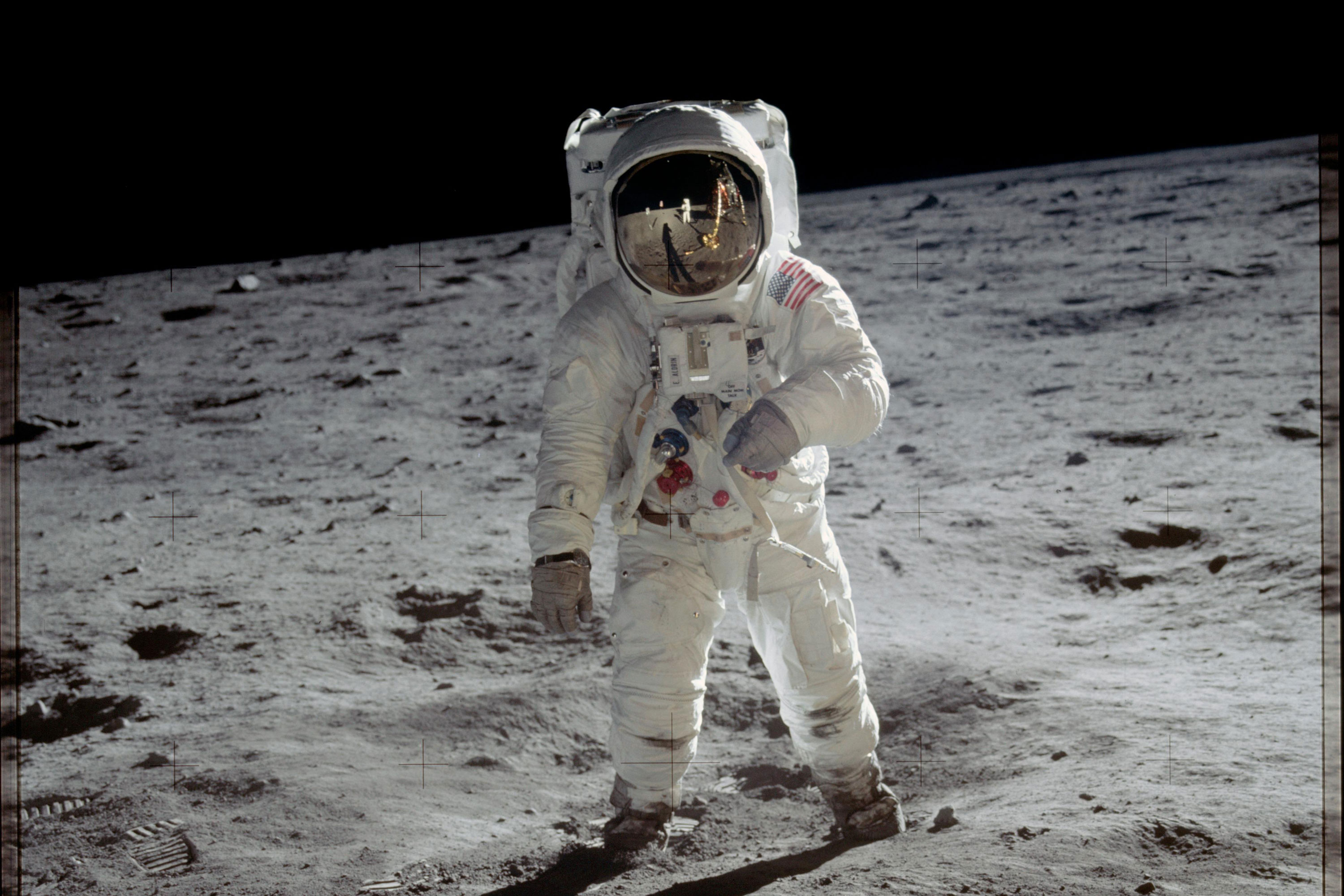
On July 20, 1969, astronauts Neil Armstrong and “Buzz” Aldrin were the first people to walk on the moon. Aldrin is pictured here. (NASA photo)
Chris Goyne, a University of Virginia professor of mechanical and aerospace engineering who specializes in hypersonic and supersonic propulsion systems and aerodynamics, teaches his students about the inspiring Apollo program that engineered that giant leap for mankind.
He discusses for UVA Today readers the value of the Apollo missions, where we go from here, and the importance of Earth itself.
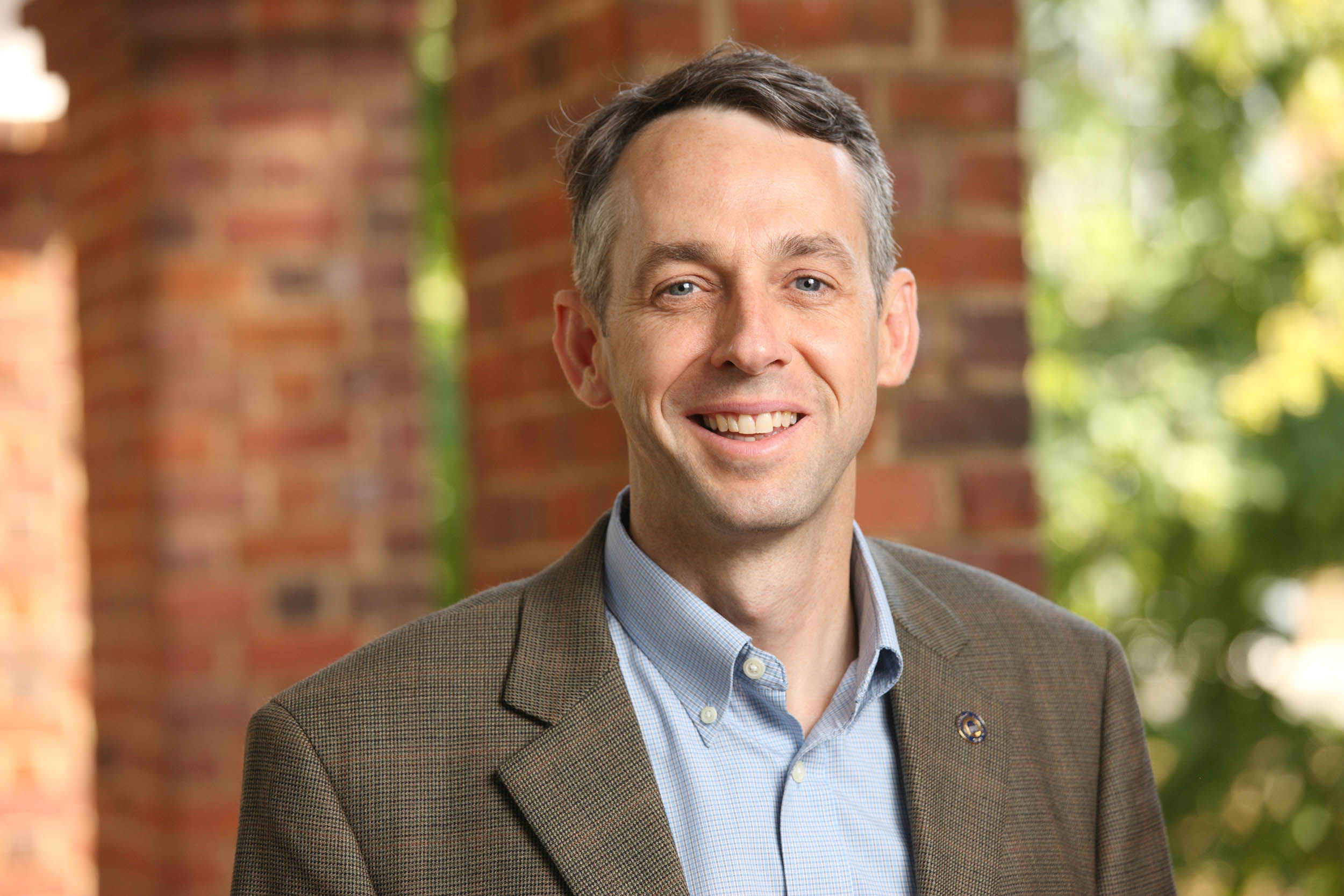
Q. How has the space program influenced you as an aerospace engineer?
A. I was too young to remember the Apollo program, but the program had a profound effect on aerospace engineering and society in general.
The Apollo program showed us that great things are possible if we all work together toward a common goal. The rate of technology development during Apollo was high, and to this day, we benefit from those advances; computer control of complex machines, solar panels and cordless tools are just some examples.
As a young kid growing up in Australia, my first space memories are of the space shuttle program (which directly benefitted from the advances of Apollo). At the age of 11, I remember standing in the front yard of my house in the twilight of sunset and using binoculars to watch the shuttle orbiter fly over. The shuttle program captured the imagination of people all over the world, much the same way that Apollo did. It is experiences like these that inspired many children to pursue aerospace engineering, and engineering in general.
Q. Have you talked with your students or held classes on the importance of the Apollo program? What is your takeaway in terms of what we gained from the missions?
A. I teach spacecraft design to mechanical and aerospace engineering students. We do study the Apollo program, and in particular the great Saturn V rocket. The Saturn V was one of the most successful rockets of all time. Saturn V had a 100% success rate over its 13 flights. Historically, since the beginning of the space race, only 90% of rockets have made it to space. Saturn V was just amazing; it was 36 stories high, 33 feet in diameter and could lift 260,000 pounds into low Earth orbit. To this day, it is the only rocket that has carried humans beyond low Earth orbit. For a rocket that was developed in the ’60s, these are some amazing statistics.
I think one of the most important takeaways is that amazing technology can be designed by people without computers. So much of our modern aerospace engineering design depends on computers. But if an engineer has a good understanding of the fundamentals, and is good at math, then very complex problems can be solved. It is a good lesson that we don’t need to be too dependent on computers when designing aerospace systems and that we should always manually check any computer calculations.
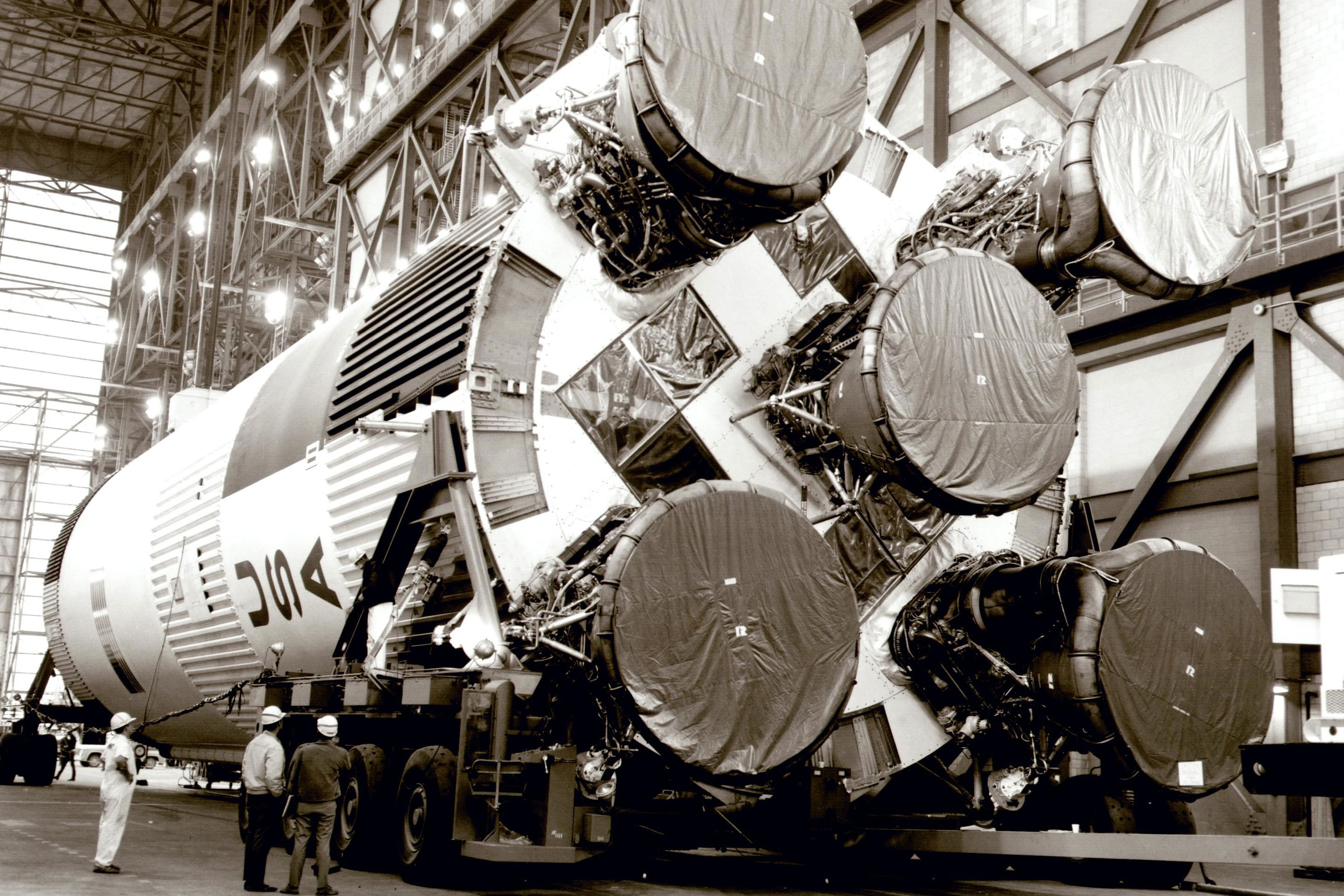
Q. Going back to the moon and on to Mars will be expensive and risky. Do you think we should continue to send humans into space beyond Earth’s orbit?
A. Exploration is always expensive and risky, but we do it to find out more about the world and universe that we live in. The early exploration of our oceans and distant lands was also expensive and risky, but early explorers accepted this in the name of exploration, just like our astronauts do today.
Ironically, exploration often leads us to learn more about the place that we travel from and so this reminds us that investments in exploration need to be made in parallel to improving life for ourselves on Earth and for those around us.
NASA has plans to put humans back on the moon by 2024 and Mars by 2033. NASA has always done a great job of working on long-term, high-risk research and exploration. I would like to see NASA concentrate on a Mars mission and let industry focus on commercial enterprises on the moon. The presence of water in craters on the poles of the moon means that commercial rocket fuel production and long-term human habitation could take place on the moon. So, space travel gas stations and hotels are a definite possibility on the moon! An independent study has indicated that NASA may be taking on too much if it is focused simultaneously on both lunar and Mars missions.
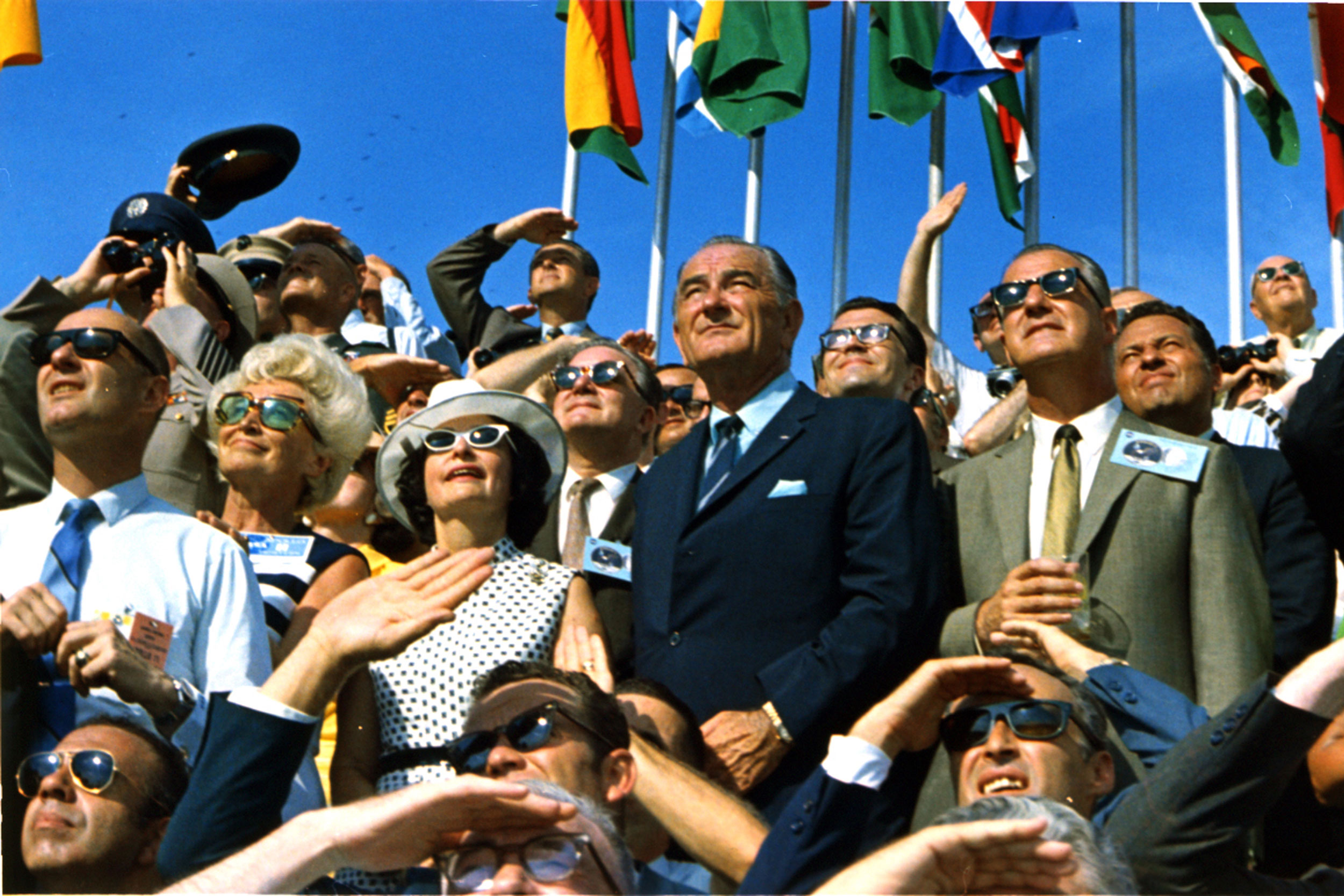
Q. How far do you think humans can ultimately go in space, and how does the future inspire you as an engineer and teacher?
A. Certainly a trip to Mars is a good near-term goal. Titan, the largest moon of Saturn, is also an interesting place. It is very Earth-like, and contains lots of nitrogen, methane and water (and as a result of the water, lots of oxygen and hydrogen). Titan is probably more likely to contain extraterrestrial life than Mars, so it would be an interesting place to visit.
One of the technical challenges that needs to be addressed for travel to places like Mars and Titan is how to deal with the increased radiation from space that astronauts are exposed to. A trip to Mars will take around six months, and a trip to Titan even longer. When in interplanetary space, astronauts don’t have the Earth’s magnetic field to protect them from cosmic radiation and they will be exposed to much higher levels than on Earth. These levels are very unhealthy in the short term and can cause cancer in the long term.
We need to devise methods to protect people from this radiation. But it is difficult to do. It has been proposed that gene therapy could actually be used to make potential astronauts more tolerant of radiation and less likely to get cancer. An astronaut’s DNA would be changed to make him or her more tolerant of radiation.
It’s ideas like these that make me so much more appreciative of Earth. So, while I am eager to explore our solar system, I am inspired to take even better care of this planet we call home. I’m sure my students are, too.
Media Contacts
University News Associate Office of University Communications
farisss@virginia.edu (434) 924-3778







